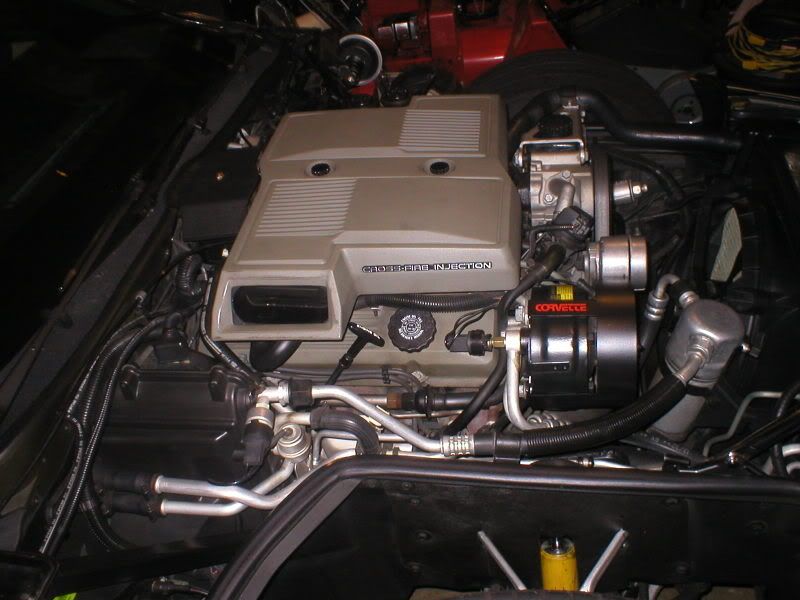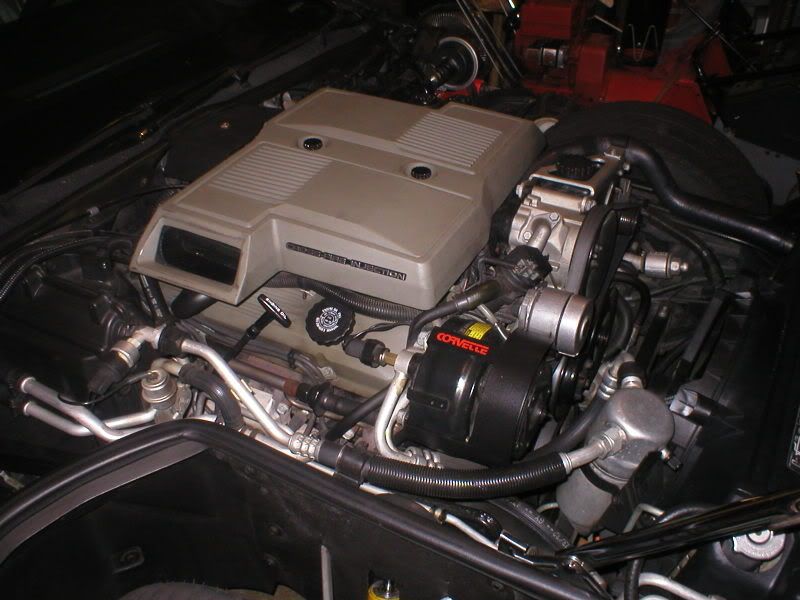The following was copied from ZF docs website which is devoted to the ZF 6 tranny and may not pertain to your situation, then again the actuators may be the same. Either way its good info.
LUTCH HYDRAULIC SYSTEM (condition) - is made up of a master cylinder hydraulically plumbed to a slave (actuator) cylinder. The hydraulic clutch fluid (GM P/N 12345347) is a Dot3 grade with friction modifiers. Over time this hydroscopic fluid tends to absorb moisture indirectly from the atmosphere. The fluidreservoir features a vented twist-off cap enclosing a drop-in atmosphericmoisture barrier type seal. The upside-down top-hat shaped barrier also acts as anatmospheric pressure equalization member responsible for reducingthe tendency of gravity induced leakage of fluid from the system.
Clutch hydraulic system problems can be difficult to understand and even more difficult to explain to others. Just remember that the clutch hydraulic system is a simple positive pressure displacement devise. With the pedal all the way up, internal (static) pressure should be zero. As the clutch pedal is pressed in, pressure builds up in the system until the applied force on the pressure plate diaphragm spring(s) exceeds the clamping resistance force of the device.
In many problematic cases it is likely that the system is not building as much pressure or delivering as much volume to the slave cylinder as required by the system for complete disengagement of the clutch per clutch pedal stroke. Avoid reporting that you believe that the system seems to be losing pressure during each pedal stroke. What is actually happening is that the system is not building up enough pressure during a given stroke resulting in a less than full cycle to the clutch. Just remember that a loss of pressure implies that a higher pressure has been achieved and then some lost during each clutch pedal cycle. The two failure modes are significantly different and should not be confused with each other.
Road TRIP Survival TIP: You can avoid being stranded by a sudden leak in the clutch hydraulic system by using a piece of rubber tubing and a 10mm wrench. The wrench is for moving the ECM out of the way and the tube is for transferring a small portion of brake fluid over to the clutch fluid reservoir. This temporary work-around could save you from major towing or transmission repair bills.
A Common Problem with - the clutch hydraulic slave (actuator) cylinder is that they are susceptible to developing a hang up spot between the seal and the bore at the fully extended end of the cylinder's travel range. Recently (June 2006), we discovered that GM and NAPA replacement slave cylinders (TRW manufactured) have been assembled and sold to customers all over the country/world with the piston seal installed backwards. The problem with this condition is that the clutch hydraulic system will bleed out normally but still have a hang up spot present. This condition creates a problematic operational situation in the system where even a full clutch pedal depression will not allow complete disengagement of the clutch for more than just a brief instance when the pedal is depressed and held to the floor. The initial hydraulic fluid surge within the slave cylinder presses the actuation rod far enough for complete disengagement only to spring back slightly when pedal movement is halted in the fully depressed state. The spring back is caused by flex in the slave cylinder seal getting hung up and stretching a bit further only to return to its normal shape when surge pressure subsides. This manufacturer induced fault condition will mislead most technicians into believing that the clutch hydraulic system is operating at an acceptable level. Under these conditions, exactly timed quick shifts will occur fairly smoothly because the brief instance that the slave cylinder bore seal stretches is the same instant that the shift occurs. When the shift sequence is slowed down, the spring back of the slave cylinder occurs before the shift lever actuation causing a not-so-smooth gear engagement event. This causes the synchronizer to work much harder than necessary and is exposes the synchronizers and dogteeth to potential damage especially during higher RPM shifting









